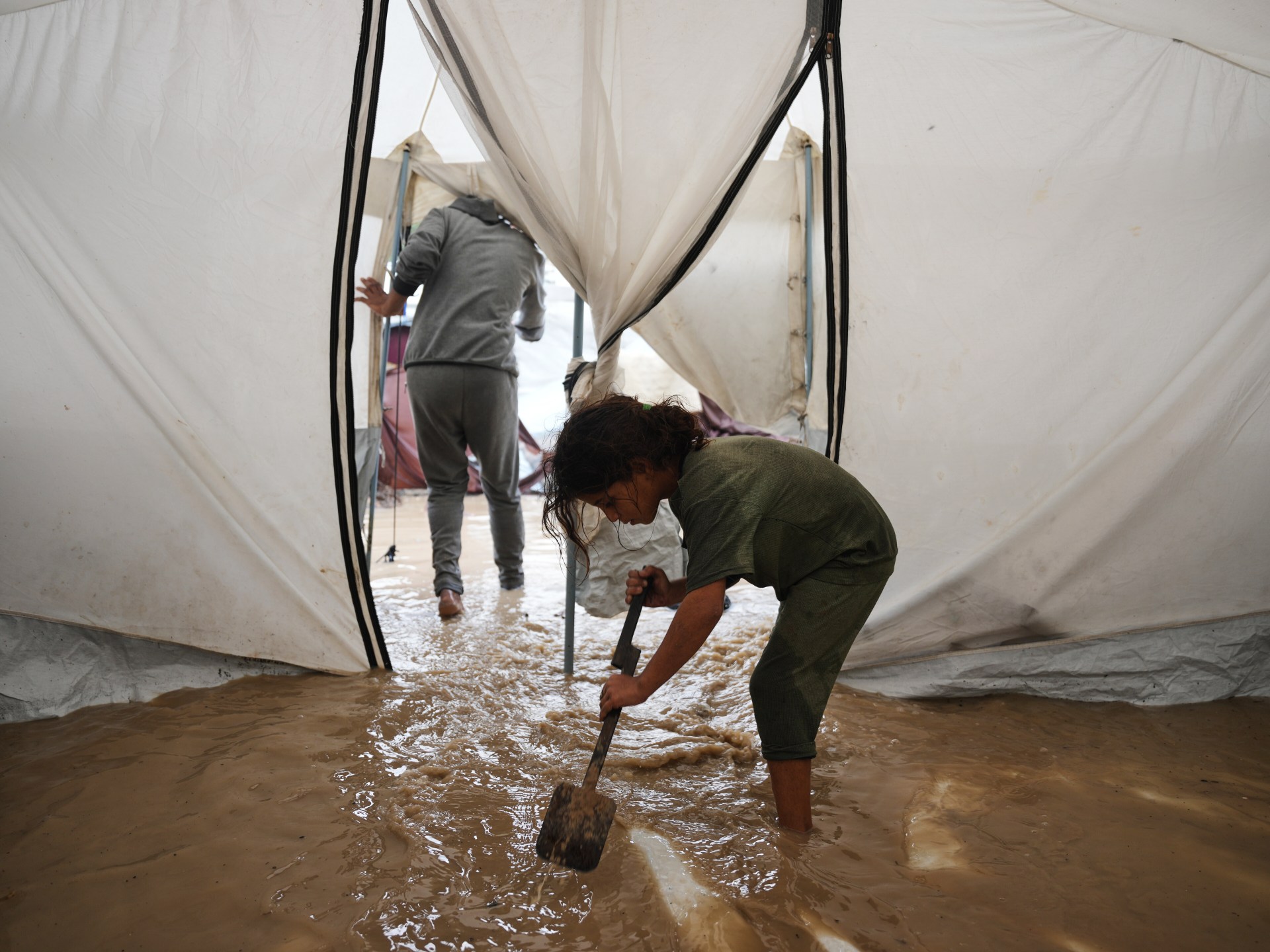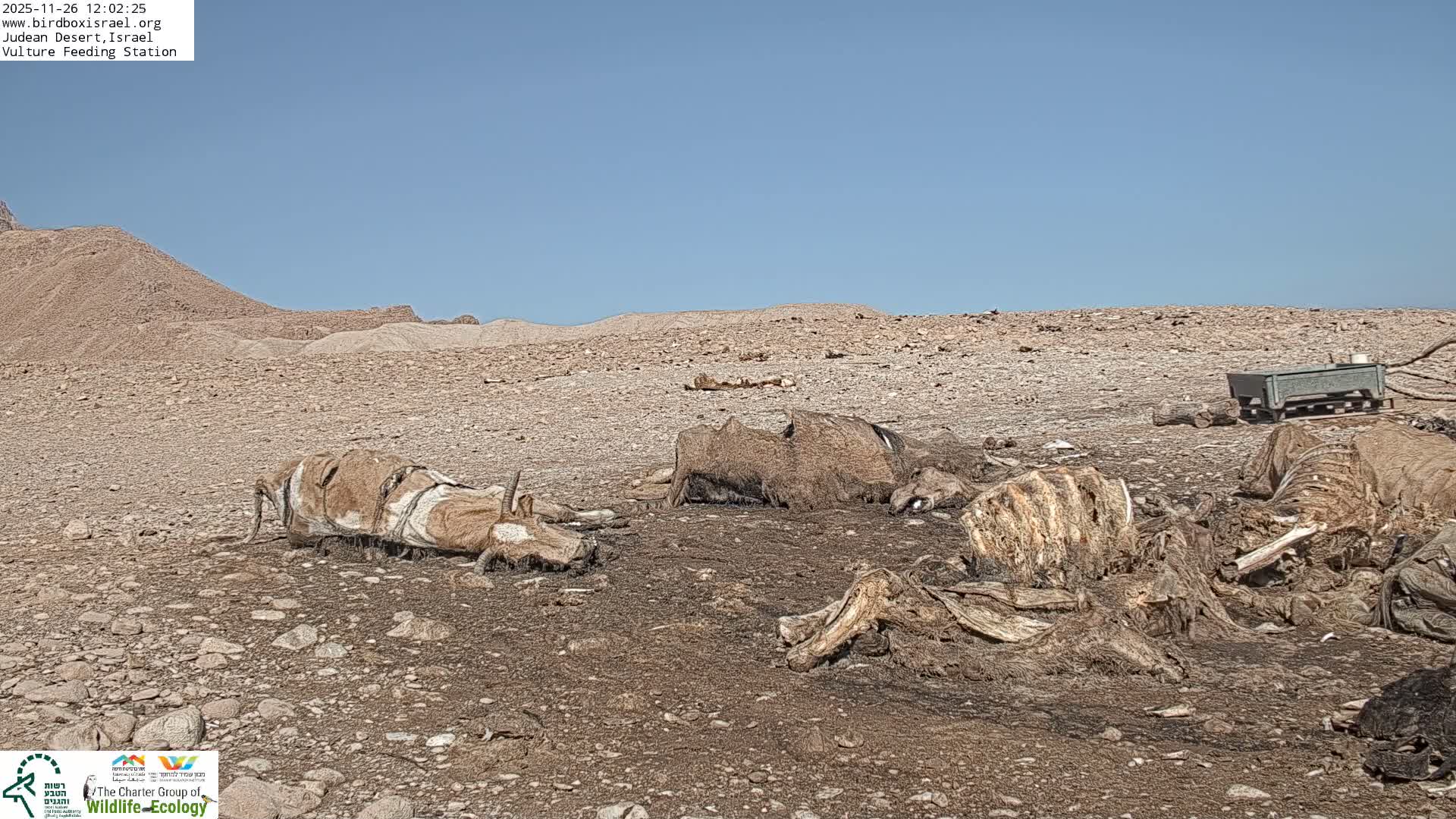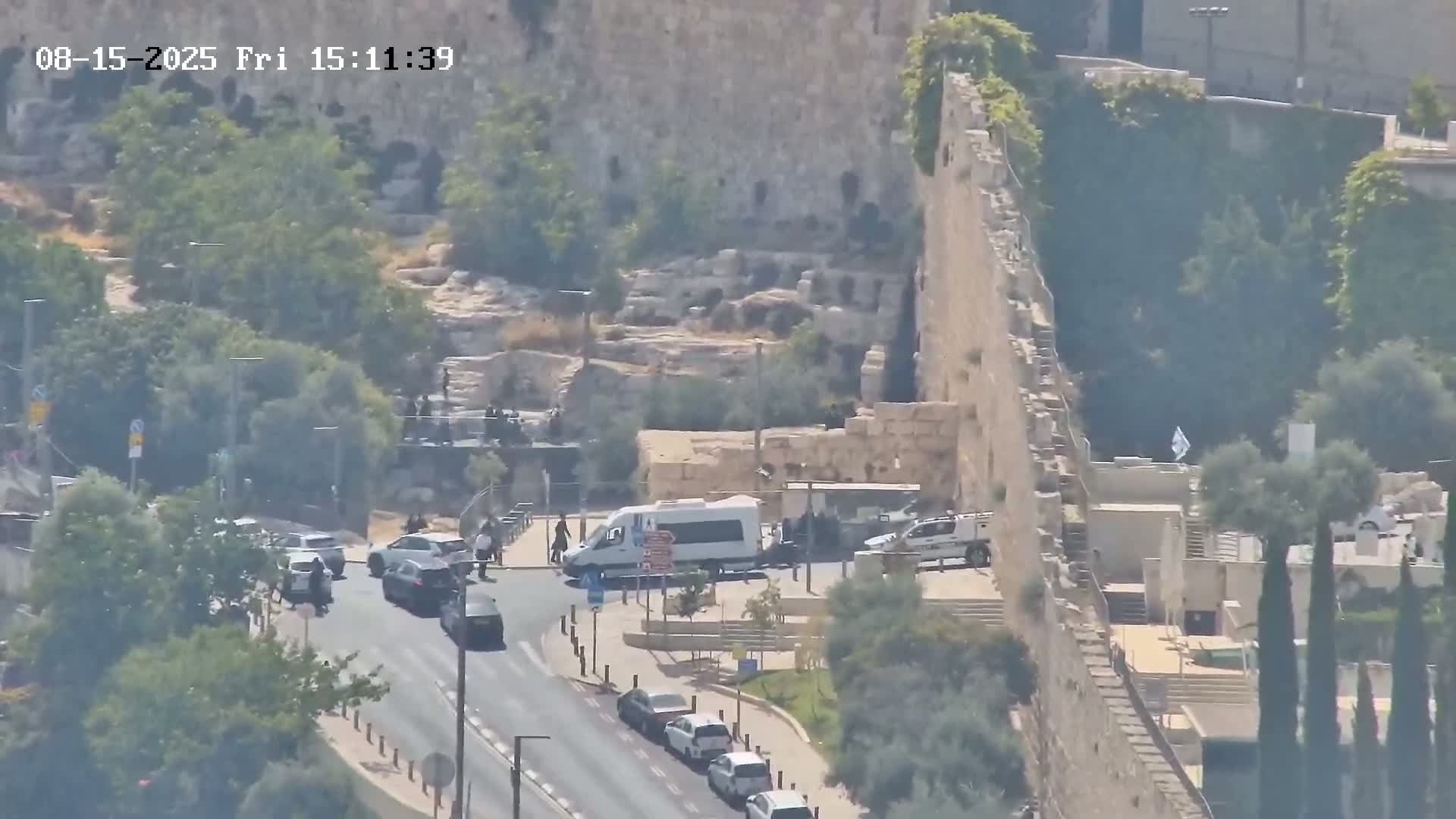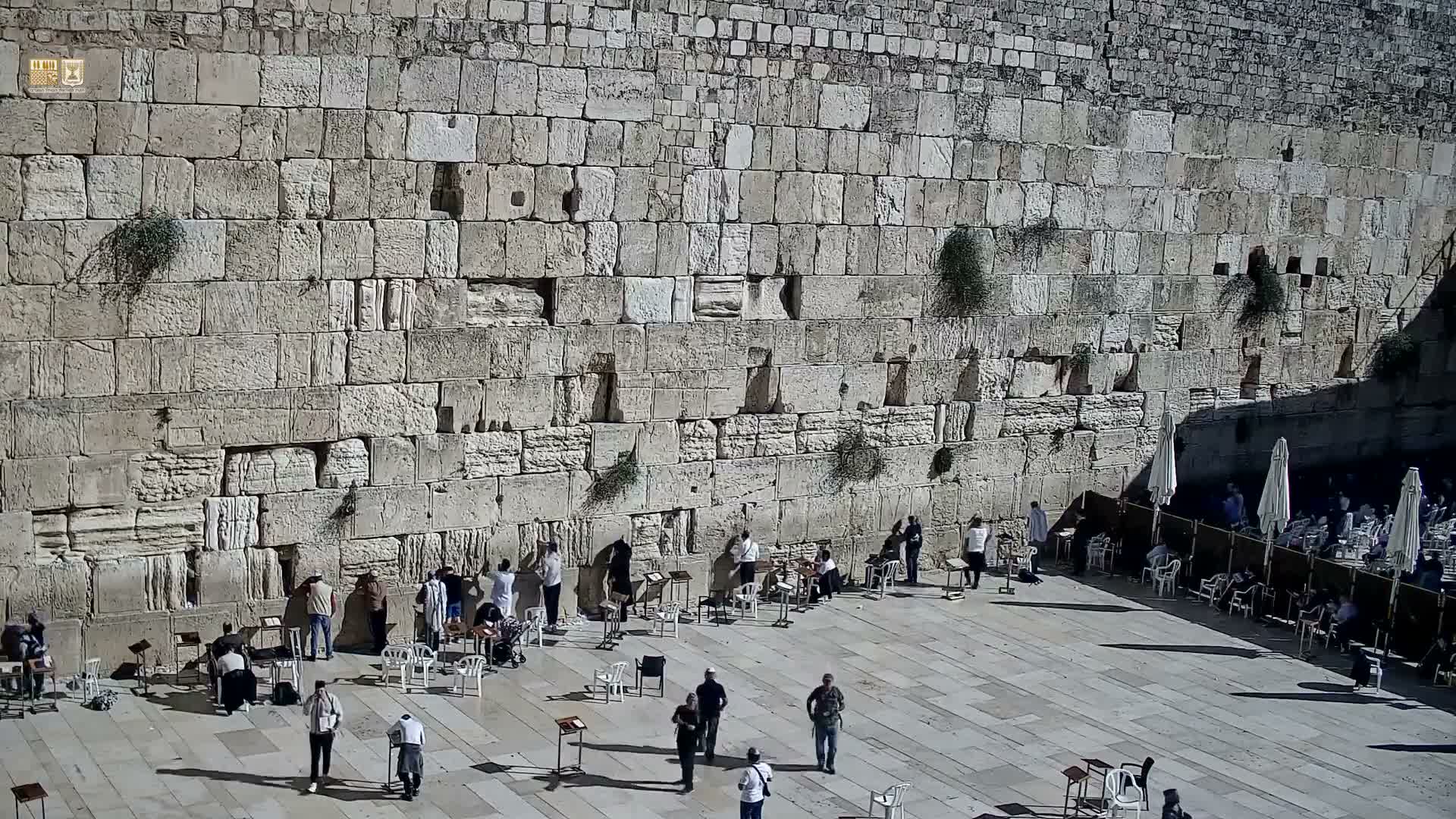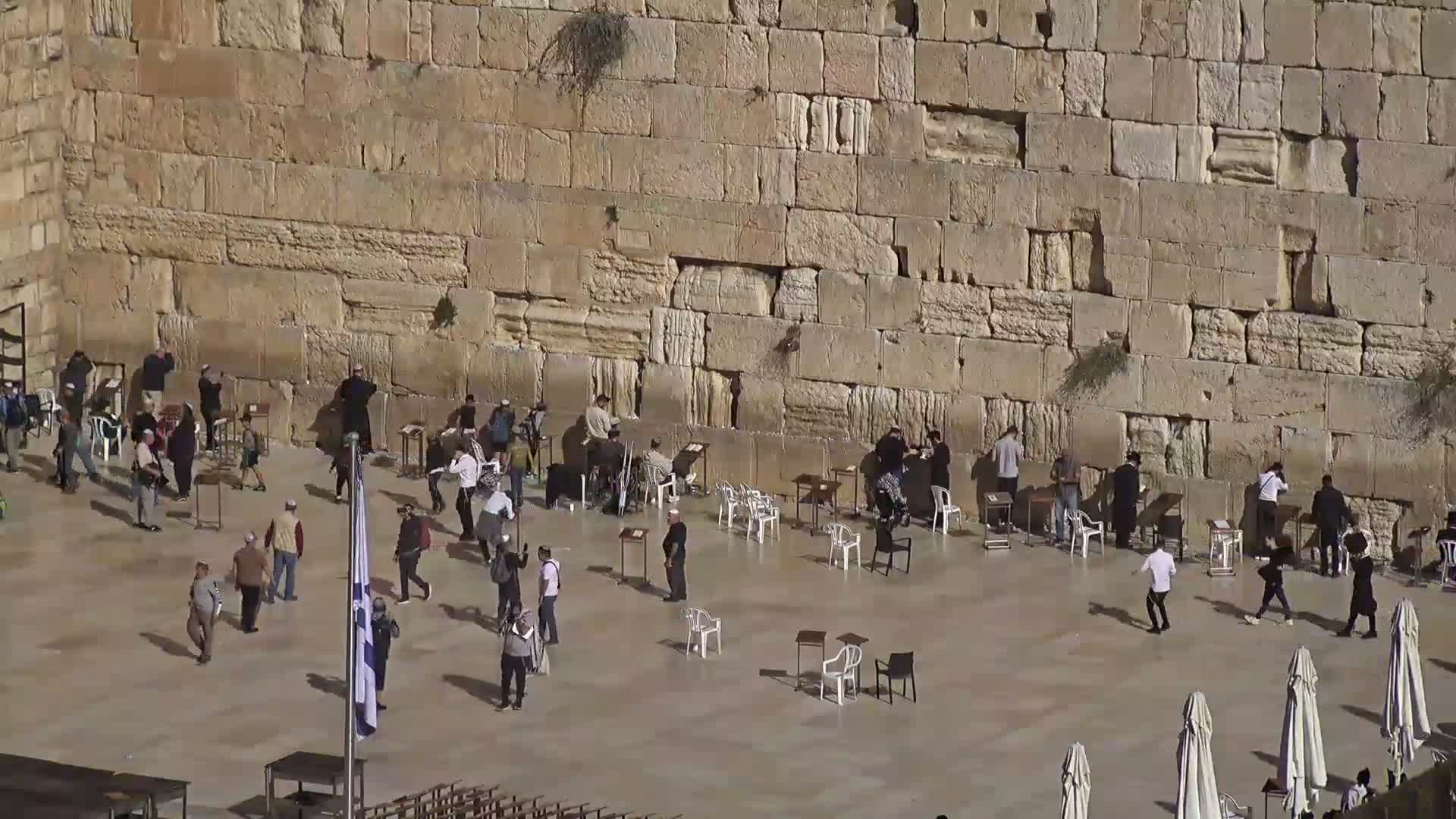Gaza's Displaced Confront Devastating Winter Storms and Dire Aid Shortages
The humanitarian catastrophe unfolding in Gaza has been severely compounded by the onset of a harsh winter. Powerful storms and relentless flooding are overwhelming temporary displacement camps, adding another layer of suffering to an already dire situation.
For nearly two years, the ongoing conflict has forced approximately two million Palestinians from their homes. They now reside in precarious makeshift shelters that are struggling to withstand nature's fury, leaving them exposed and vulnerable.
Personal Stories of Struggle Amidst the Floodwaters
The heartbreaking scene of seven-year-old Saja Fayyad desperately trying to bail water from her family’s flooded tent in Deir el-Balah on November 25, 2025, tragically illustrates the daily struggle faced by countless families. The minimal solace these displaced individuals found in their temporary fabric shelters is now threatened by plummeting temperatures, strong winds, and torrential rain. These conditions have transformed large areas into hazardous pools of muddy, often sewage-contaminated, water.
Reporting from Gaza City, Al Jazeera's Hani Mahmoud described scenes of complete submersion, where families resort to using rudimentary tools like buckets, rocks, and blocks to protect their few remaining possessions. Assmaa Fayad, a displaced Palestinian, voiced the collective despair, lamenting, “All the tents are destroyed. Our tents are just made of fabric. Our children are drowning. There’s nothing for us to wear, no clothes to put on.”
Damaged Shelters and Critical Aid Gaps
The United Nations Refugee Agency (UNHCR) reported that recent downpours have damaged at least 13,000 tents. Many camps are precariously pitched in open areas or amidst the ruins of cracked, destroyed buildings, offering little to no protection. Aid organizations estimate a critical need for 300,000 mobile homes and tents to adequately house the displaced. While the UN agency for Palestinian refugees (UNRWA) currently manages 85 shelters housing over 79,000 people, this figure falls far short of the overall demand.
Aid Blockade Exacerbates Crisis
Despite a US-brokered ceasefire, which took effect on October 10—and which Israel is accused of violating repeatedly—the promised surge in aid deliveries has not materialized. While 600 trucks daily were expected, Gaza’s Government Media Office states an average of only 145 trucks have entered since the ceasefire began. This severe blockade on essential supplies, including crucial shelter materials, gravely impedes humanitarian efforts. UNHCR has explicitly called for “more shelter materials” to address the immediate needs.
International Calls for Action
Palestinian groups, including the Mujahideen Movement and Hamas, have condemned the lack of supplies, attributing the worsening suffering to Israel's “siege policy.” They have urged the international community to exert immediate pressure on Israel to open crossings and allow vital aid into the region. Even a brief respite of sunny, dry weather offers little comfort, as fears persist of renewed winds and rain by evening. The future remains grim for Gaza's displaced population facing an unforgiving winter.

